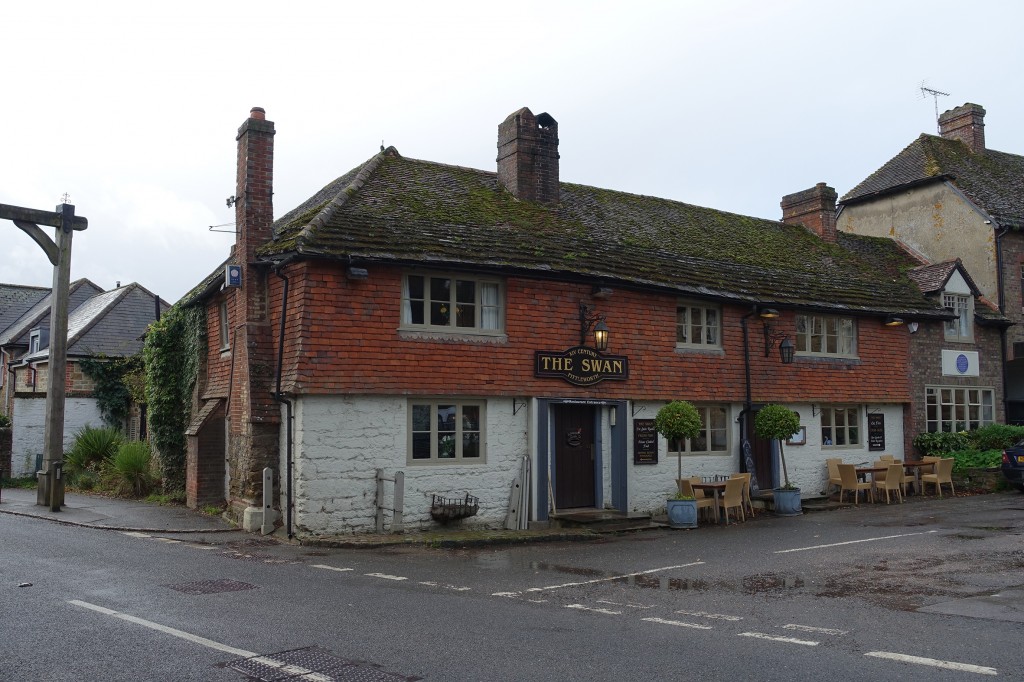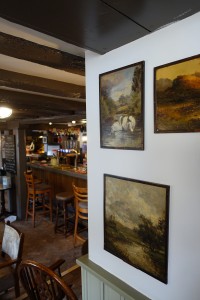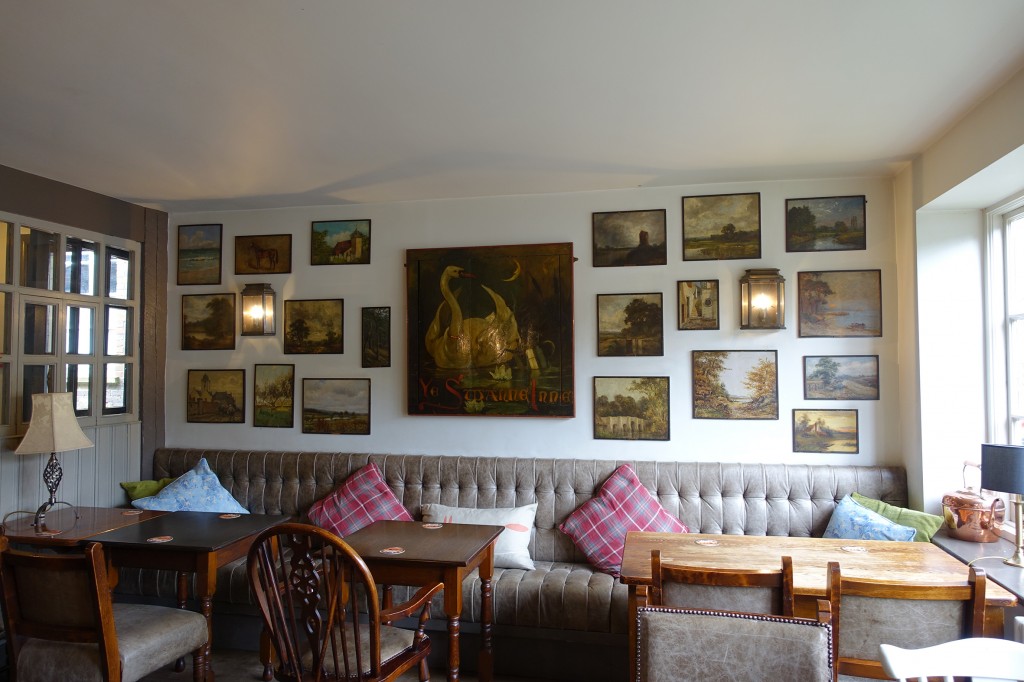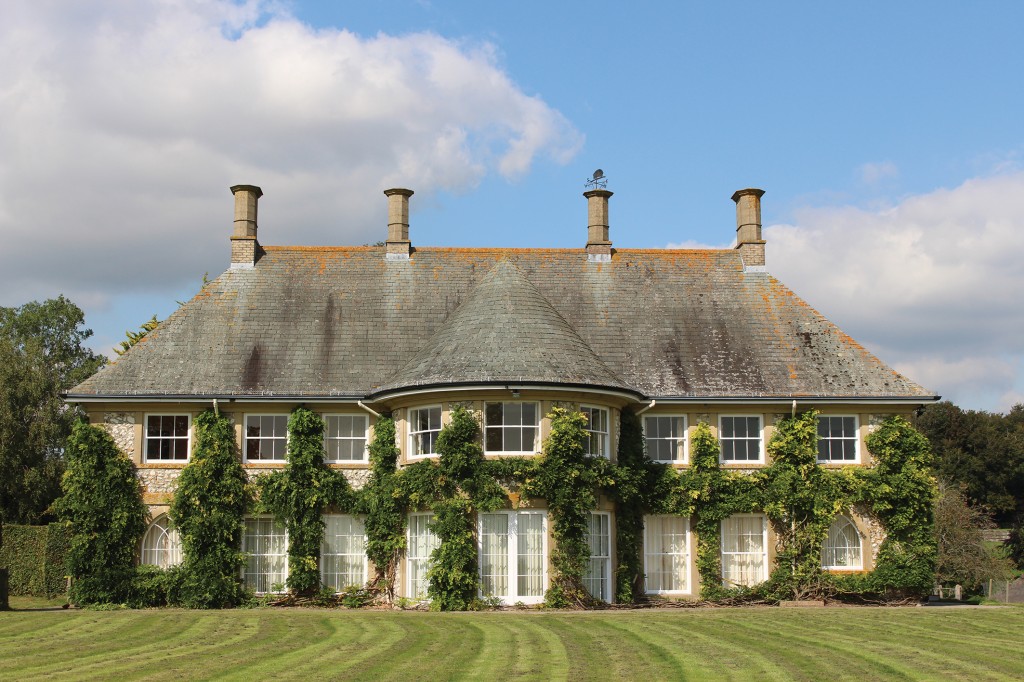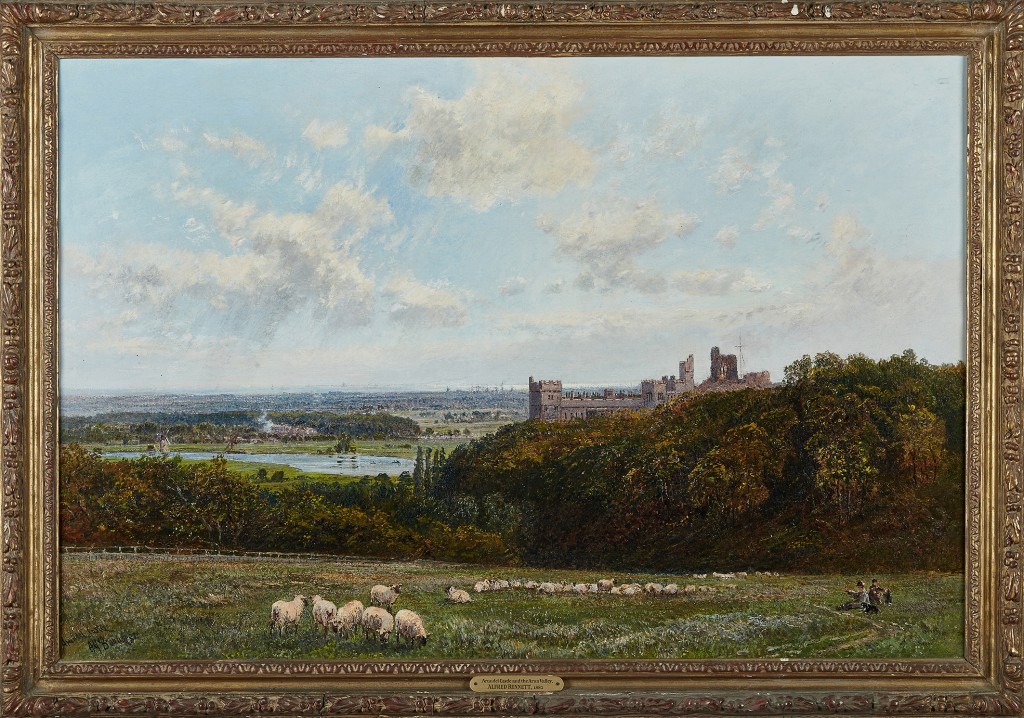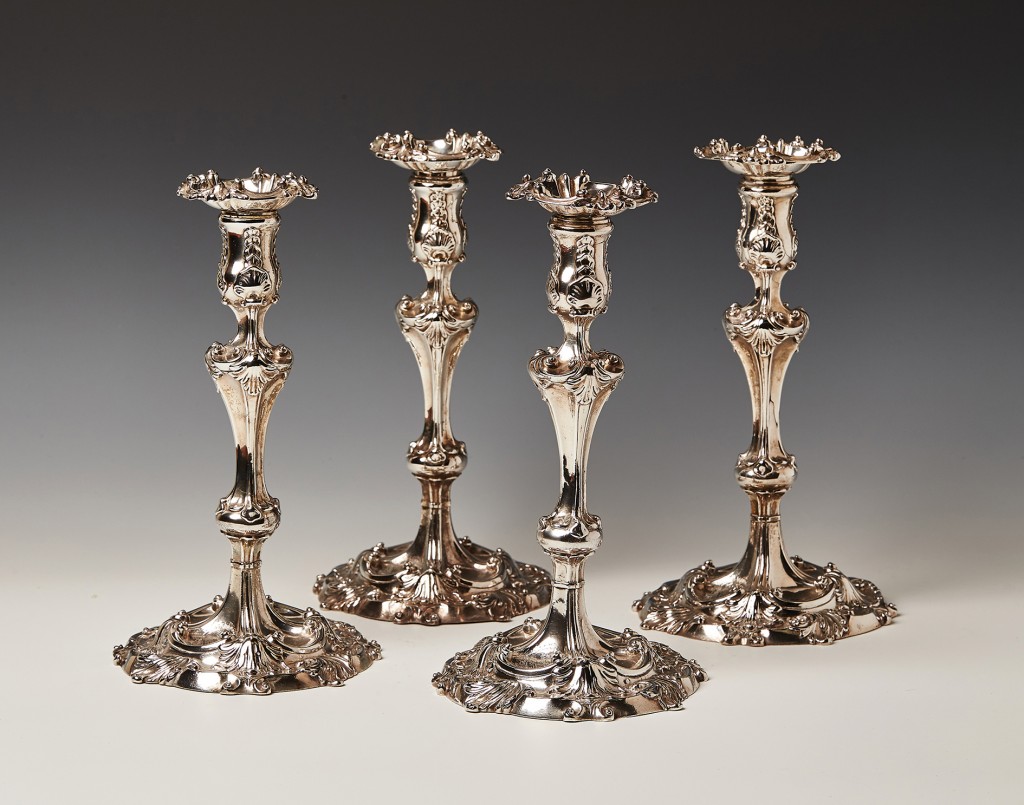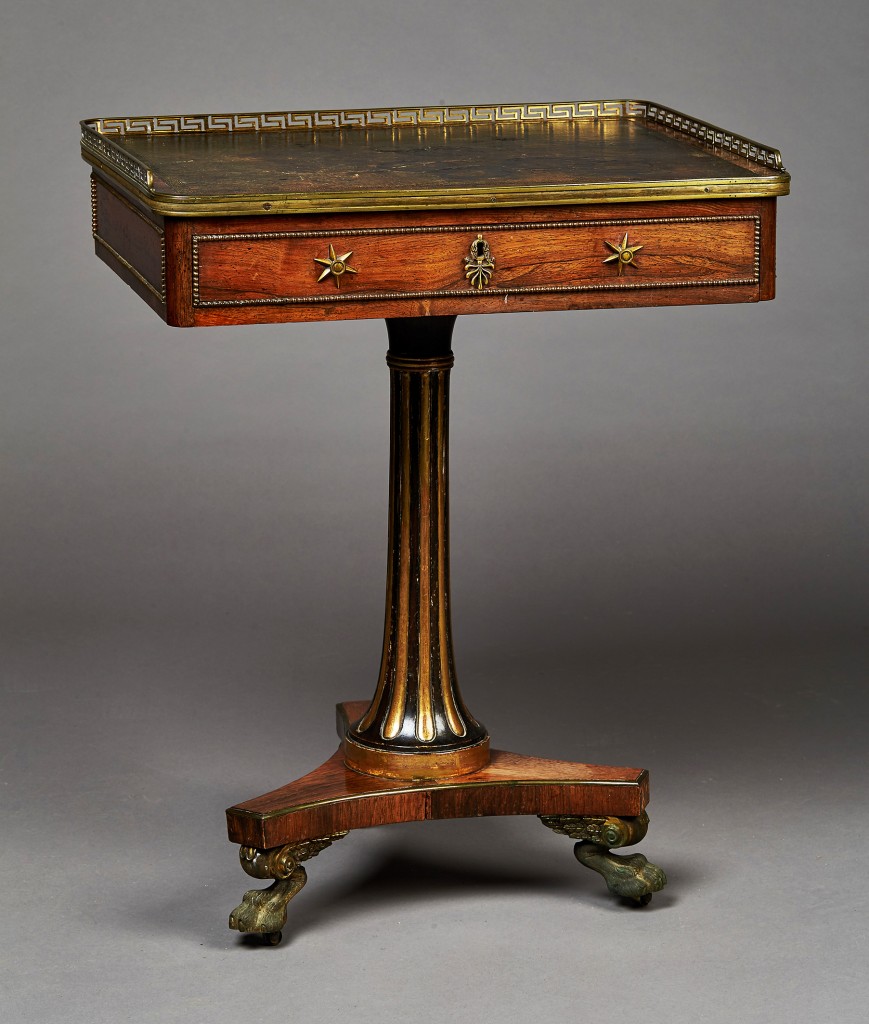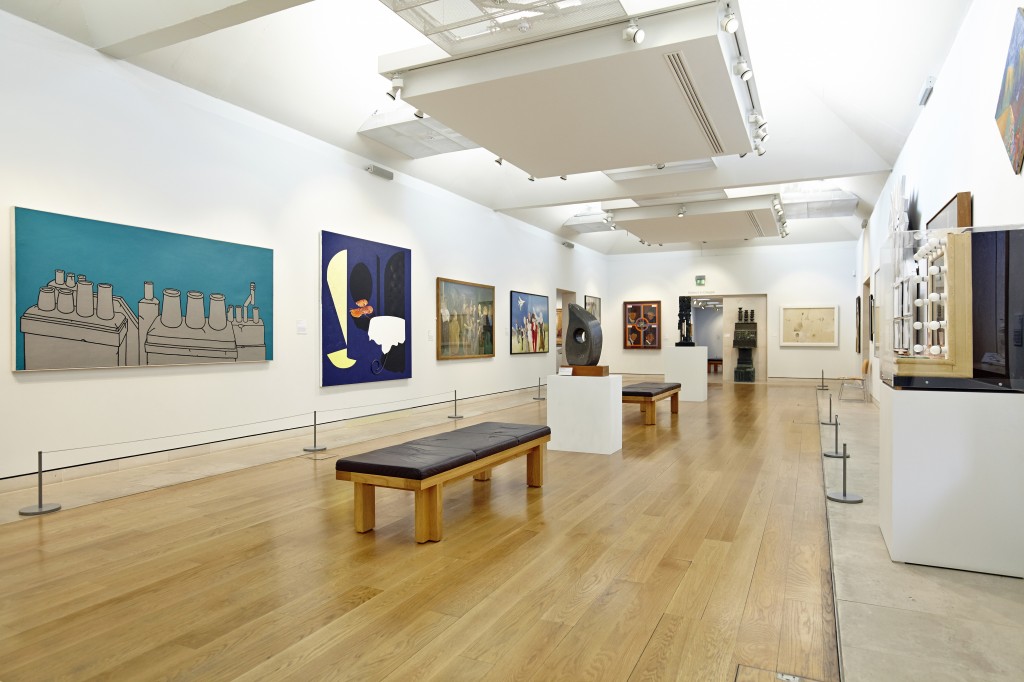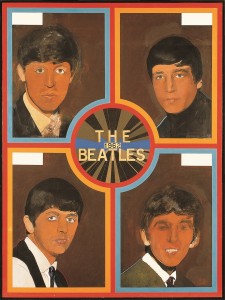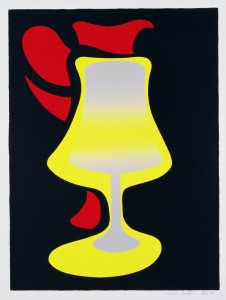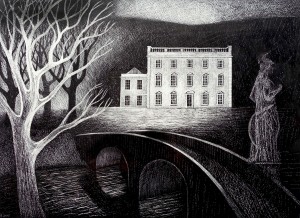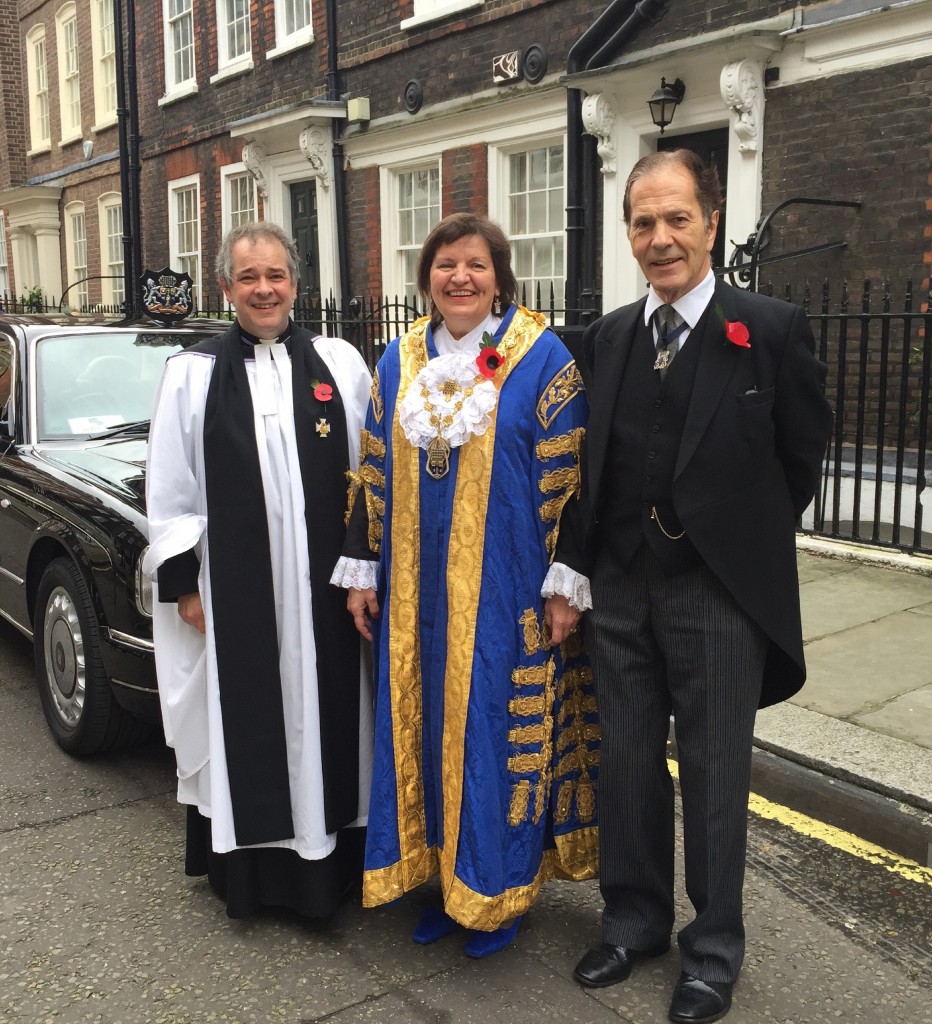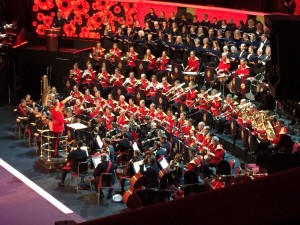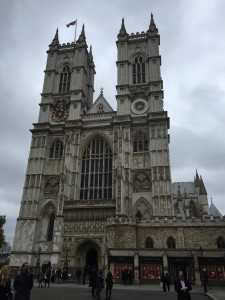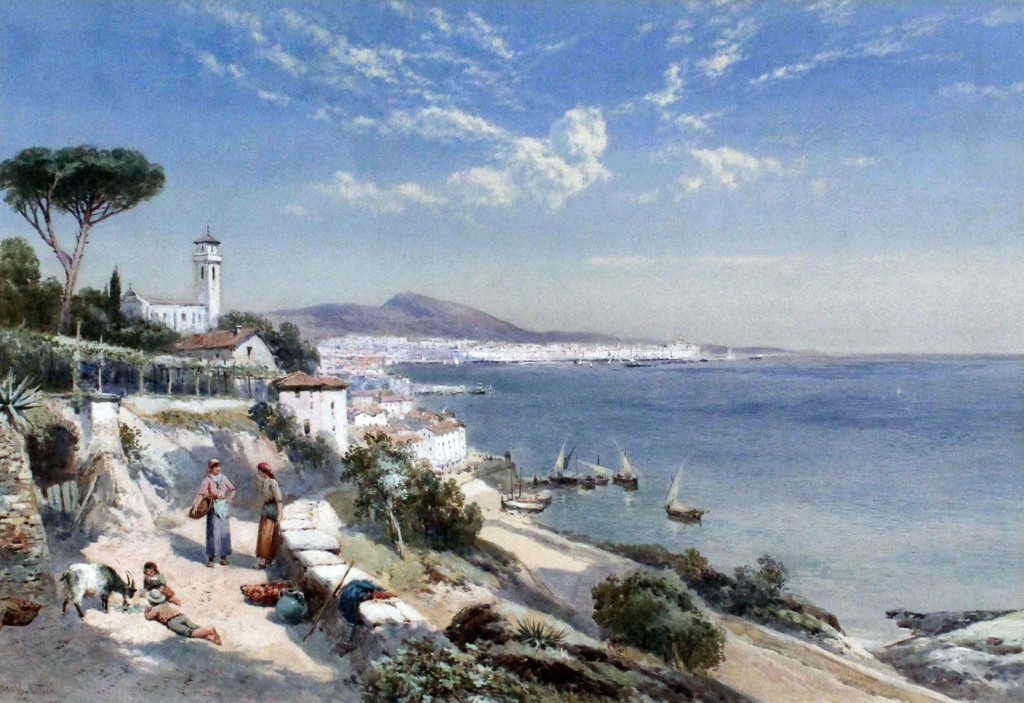
Leading English watercolourists from the 18th and 19th Century have seen a revival in prices over recent years. Demand for watercolours by artists like Paul Sandby, Thomas Girtin and John Sell Cotman have followed the trend set by J.M.W. Turner and John Constable.
In comparison prices for Victorian artists following in the English watercolour tradition remain accessible providing a rare opportunity for collectors to acquire work of exceptional quality.
Watercolours possess a spontaneity and vitality created by the medium. The best Victorian artists applied layered washes without forfeiting the luminous transparency. Colours merge delicately with one another creating a sense of movement and life in the image.
Take for example Charles Edmund Rowbotham (1858-1921) who lived for a time at Steyning and Brighton. His watercolour, ‘Near Bramber, Sussex’, was shown at the Royal Society of Artists. He followed in the artistic tradition of his father and grandfather beginning his career by painting figures in his father’s landscapes. Charles Rowbotham married in 1884. He went on a series of sketching tours with his wife in the French Riviera, Switzerland, and Italy. It was during this period that he produced his best work which included watercolours like the scene titled ‘Genoa’ shown here. His penchant for blue with white heightening is apparent in this small jewel like picture.
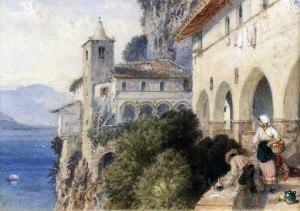
Over the county border in Witley near Godalming, Surrey, the artist Myles Birket Foster (1825-1899) had built a house which was decorated and furnished in the Arts and Crafts taste influenced by his friends Edward Burne Jones and William Morris. Many of the paintings in his home were by Burne Jones, whilst the furnishings came from Morris and Co. Birket Foster painted romanticised views of the English countryside particularly in Surrey. Before coming to Surrey he had toured widely including Italy. The watercolour, ‘Catalina, Lake Maggiore’, shown here shows the delicacy and detail of Birket Foster’s work.
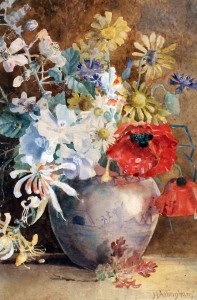
Helen Allingham (1848-1926), another Surrey artist, painted the beautiful still life. As a watercolourist she became famous for her depictions of figures, gardens and cottages in an articulation of the rural idyll. Still life studies were often painted by women artists at this date, though not commonly by Allingham. There is a vitality in her depiction of the vase and flowers which appears contemporary to our eyes.
Values at auction for pictures like these range from high hundreds into the low thousands. All these pictures have recently been sold in Toovey’s select paintings auctions at their Washington salerooms. If you are considering the sale of your pictures, or are keen to collect, contact Toovey’s Fine Art specialist, Nicholas Toovey, for advice by telephoning 01903 891955 or email auctions@tooveys.com.
